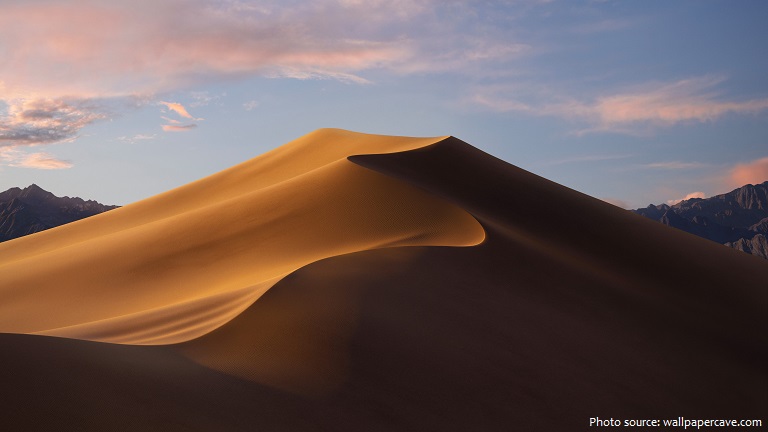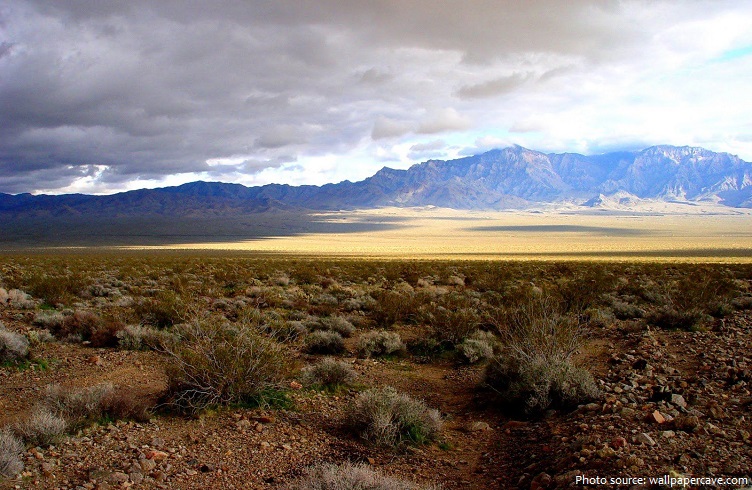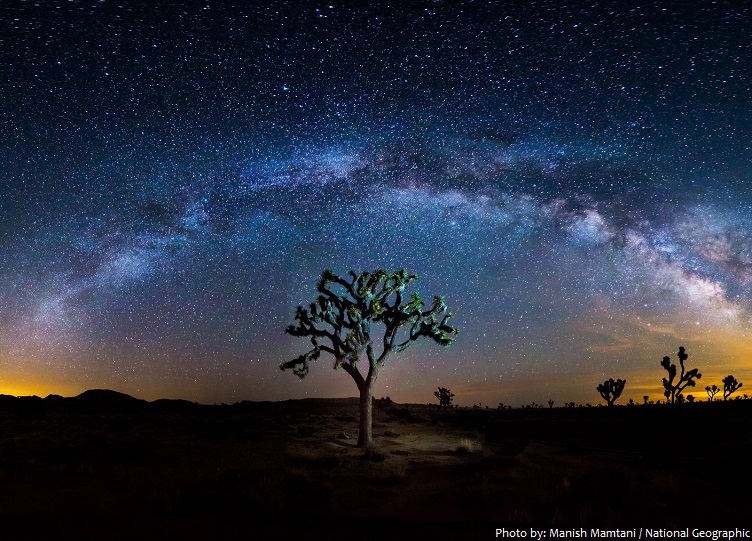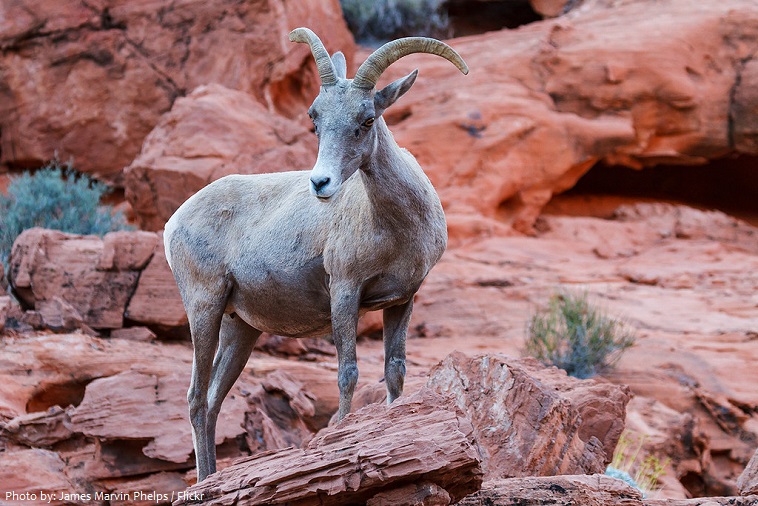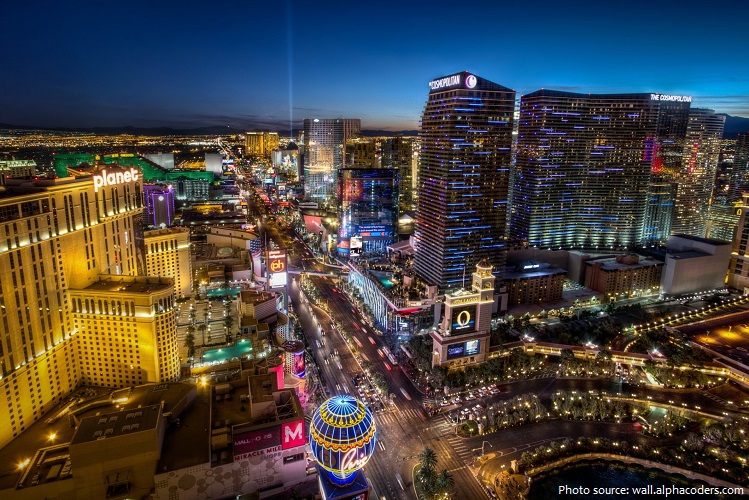The Mojave Desert is a desert in North America.
It is situated in the Southwestern United States, primarily within southeastern California and southern Nevada. Small areas also extend into Utah and Arizona.
The Mojave Desert occupies about 124,000 square kilometers (48,000 square kilometers). It is the smallest of the North American deserts.
The Mojave extends from the Sierra Nevada range to the Colorado Plateau and merges with the Great Basin to the north and the Sonoran Desert to the south and southeast. It abuts the San Gabriel and San Bernardino mountains in the southwest.
Most of the Mojave Desert is above 610 meters (2,000 feet). The highest peak within the Mojave is Charleston Peak at 3,633 meters (11,918 feet).
Death Valley is the lowest elevation in North America at 86 meters (282 feet) below sea level and is part of the Mojave Desert. It contains some of North America’s most inhospitable terrain, with extreme heat that has left this desert area strangely beautiful.
The flora of the Mojave Desert help define what is called the Mojave Desert in that the desert itself is generally considered to be outlined by the extent of growth of one of its plants, the Joshua tree.
Joshua tree is native only to the Mojave Desert and are considered an indicator species, and it is believed to support an additional 1,750 to 2,000 species of plants.
While the harsh environment and difficult conditions of the Mojave Desert challenges the survival ability of many animals, a few species have become adapted to the strenuous circumstances. Most notable among the desert wildlife is the desert tortoise, who has adapted to the limited water availability and is able to contain a liter of water within its body.
Other important animals to the desert ecosystem include: cougar, coyote, desert bighorn sheep, desert horned and zebra-tailed lizards, desert iguana, Gila monster, gopher snake, hummingbird, jackrabbit, mule deer, pronghorn, red-tailed hawk, scorpion, tarantula and western diamondback rattlesnake.
The Mojave Desert is an area of extreme climactic changes, with temperatures often reaching 50°C (122°F) in the summer months and dipping to below freezing on winter nights.
The Furnace Creek Ranch in Death Valley, California recorded the hottest precisely-recorded temperature on Earth at 56.7 °C (134 °F) on July 10, 1913.
The term Mojave derives from Mohave tribe of Native Americans that originally inhabited the area. The word “Mohave” is a shortened form of “Hamakhaave”, their endonym in their native language, which means “beside the water”.
The central part of the desert is sparsely populated, while its peripheries support large communities such as Las Vegas, Barstow, Lancaster, Palmdale, Victorville, and St. George.
Las Vegas is the most populated city in in the US state of Nevada. It is a popular tourist destination known for gaming and entertainment. Before the arrival of casinos, however, Las Vegas was the site of a natural oasis in the Mojave Desert. Springs brought water from the regions aquifer to the surface, ultimately flowing into the Colorado River. Las Vegas is Spanish for “the meadows,”, and was named when the oasis was discovered by Mexican merchants in 1829.
The Mojave is also known for its scenic beauty, playing host to Death Valley National Park, Joshua Tree National Park, and the Mojave National Preserve.
When spring arrives at the western tip of the Mojave Desert, Antelope Valley Poppy Reserve becomes an ocean of vibrant orange poppies. Within the reserve, there are 11 kilometers (7 miles) of trails, including a paved section for wheelchair access, which traverse the poppy fields.
Amboy Crater is an extinct cinder cone volcano that rises above a 70-square-kilometer (27-square-miles) lava field in the eastern Mojave Desert of southern California, within Mojave Trails National Monument.
The Mojave Desert has several ghost towns – the most significant are the gold-mining town of Oatman, Arizona, the silver-mining town of Calico, California, and the old railroad depot of Kelso.
The desert has captured the imagination of visual and literary artists alike, often serving as a background for books, films, or television shows.
